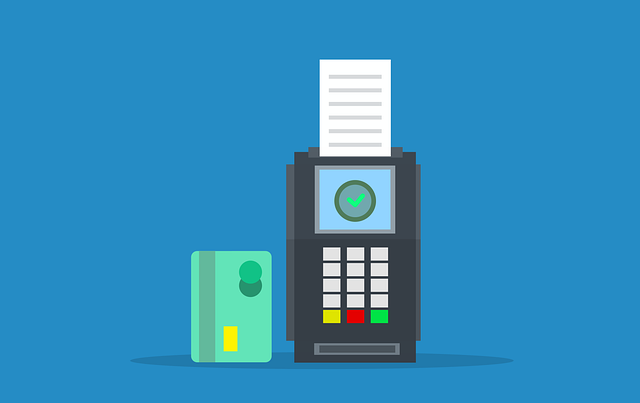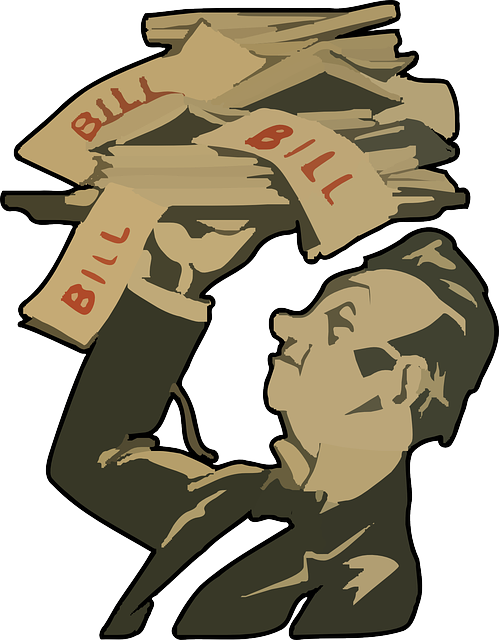Debt consolidation in South Africa offers a strategic solution for managing high-interest rates by combining multiple debts into one loan with a lower interest rate. This simplifies repayment, saves on interest payments, and improves financial stability. Options include balance transfer cards, personal loans, and specialized debt consolidation plans, with the process involving assessing financial situations, researching lenders, applying for a loan, and paying off previous debts. Post-consolidation, maintaining long-term financial stability through budgeting, emergency funds, and timely debt repayments is crucial to enhance credit scores and access better borrowing rates.
Struggling with high-interest debt? You’re not alone. Many South Africans face a financial challenge due to complex debt landscapes. This comprehensive guide offers a clear path forward with a focus on debt consolidation, a powerful tool designed to simplify and reduce your debt burden. We’ll explore the consolidation of debt in South Africa, its benefits, available options, and essential steps to regain control over your finances. Take the first step towards financial freedom today.
- Understanding Debt Consolidation: A Simple Explanation
- The Current Landscape of Debt in South Africa
- Benefits of Debt Consolidation for High-Interest Debts
- Types of Debt Consolidation Options Available
- Step-by-Step Guide to Debt Consolidation Process
- Tips and Strategies for Maintaining Financial Stability After Consolidation
Understanding Debt Consolidation: A Simple Explanation

Debt consolidation is a financial strategy that involves combining multiple debts into one single loan with a lower interest rate. In simple terms, it’s like having several credit cards or loans and paying them off all at once with a new, consolidated loan. This process simplifies repayment by reducing the number of payments you need to make each month from various lenders.
In South Africa, where high-interest rates are prevalent, consolidation can be a powerful tool for managing debt effectively. It allows individuals to regain control over their finances by making it easier to stick to a repayment plan and potentially saving money in interest charges. By consolidating debt, South Africans can streamline their financial obligations and take steps towards achieving better financial stability.
The Current Landscape of Debt in South Africa

In South Africa, the landscape of debt is a complex and growing concern for many citizens. According to recent statistics, a significant portion of the population struggles with high-interest debt, often stemming from personal loans, credit cards, and mortgages. This issue has profound implications, as unmanageable debt can lead to financial strain, affecting various aspects of individuals’ lives. With interest rates varying widely across lenders, many South Africans find themselves caught in a cycle of increasing debt obligations.
The consolidation of debt in South Africa has emerged as a strategic solution for those burdened by multiple high-interest loans. By combining these debts into a single loan with a lower interest rate, borrowers can regain control over their finances. This approach simplifies repayment processes and helps individuals free themselves from the constant stress associated with multiple debt repayments. As such, consolidation of debt in South Africa is gaining traction as a viable option for managing and alleviating financial strain.
Benefits of Debt Consolidation for High-Interest Debts

Debt consolidation offers a strategic solution for many South Africans burdened by high-interest debt. By combining multiple debts into a single, more manageable loan with a lower interest rate, individuals can save significant money in interest payments over time. This is particularly beneficial for those struggling to keep up with several repayment schedules from different creditors. With a consolidation loan, the process simplifies, allowing for easier tracking of repayments and potential access to better financial terms.
In South Africa, where high-interest rates are prevalent, consolidation can provide much-needed relief. It empowers individuals to regain control over their finances by offering clearer budgeting and potentially faster debt repayment options. Moreover, a good consolidation plan can improve one’s credit score, making future borrowing more accessible and affordable. This is a powerful tool for South Africans aiming to break free from the cycle of high-interest debt.
Types of Debt Consolidation Options Available

When it comes to debt consolidation in South Africa, individuals have several options tailored to their unique financial situations. The consolidation of debt involves combining multiple high-interest debts into a single loan with a potentially lower interest rate, making repayment more manageable and saving money in the long run. One popular approach is balance transfer cards, which offer promotional periods with no interest, allowing borrowers to shift balances from existing debts for a specified time. This can provide immediate relief from high-interest charges.
Another common method is personal loans used for debt consolidation, where individuals borrow a lump sum to pay off their debts and then repay the loan over a set period. These loans often have fixed interest rates, offering better predictability than variable rates. Moreover, some financial institutions in South Africa offer specialized debt consolidation plans designed specifically to assist locals in managing high-interest debt, making it easier for them to get back on track financially.
Step-by-Step Guide to Debt Consolidation Process

Debt consolidation is a strategic process that involves combining multiple high-interest debts into one single loan with a lower interest rate, offering South Africans an effective way to manage their financial obligations. Here’s your step-by-step guide to navigating this process in SA:
1. Assess Your Financial Situation: Begin by evaluating your current debt, including the amounts owed, interest rates, and repayment terms for each loan. This step is crucial as it helps identify areas where consolidation can provide significant savings.
2. Determine Eligibility: Not all debts are suitable for consolidation. Check if you have a good credit history and meet the requirements set by lenders. In South Africa, banks typically consider your credit score, income stability, and debt-to-income ratio to approve consolidation applications.
3. Explore Consolidation Options: Research various lenders offering debt consolidation loans in SA. Compare interest rates, terms, and conditions. You can opt for a secured or unsecured loan based on your financial standing. Secured loans often come with lower rates but require collateral, while unsecured loans are easier to obtain without additional security.
4. Apply for Consolidation: Choose a lender that aligns with your needs and submit an application. Provide detailed information about your existing debts and financial situation. The lender will assess your application and, if approved, offer a consolidation loan tailored to your debt profile.
5. Repayment and Savings: Once the consolidation loan is approved, you’ll use it to pay off your previous debts. Repayments are typically made in monthly installments over an agreed-upon period. By consolidating, you stand to save on interest costs and enjoy a simpler repayment structure.
Tips and Strategies for Maintaining Financial Stability After Consolidation

After successfully consolidating your debt in South Africa, it’s crucial to implement strategies that support long-term financial stability. One key tip is to create and adhere to a realistic budget that accounts for all income and expenses. This ensures that you allocate funds responsibly, prioritizing essential costs while setting aside money to repay any outstanding consolidated debt. Regularly reviewing and adjusting your budget as needed will help maintain control over your finances.
Additionally, focus on building an emergency fund to safeguard against unexpected expenses, which could potentially trigger new debt accumulation. Strive to save at least three to six months’ worth of living expenses. By doing so, you’ll be better equipped to handle unforeseen events without resorting to high-interest credit. Regularly paying off your consolidated debt in full and on time is also vital. This demonstrates a commitment to financial responsibility and can help improve your credit score over time, opening doors for future borrowing opportunities at more favourable rates.
Debt consolidation offers a powerful tool for South Africans burdened by high-interest debt. By understanding this process and exploring the available options, individuals can take control of their financial future. The benefits are clear: lower interest rates, simplified repayment schedules, and the potential to save significant amounts in interest expenses. With careful planning and the right strategies post-consolidation, achieving financial stability becomes an achievable goal for many South Africans seeking debt relief.







